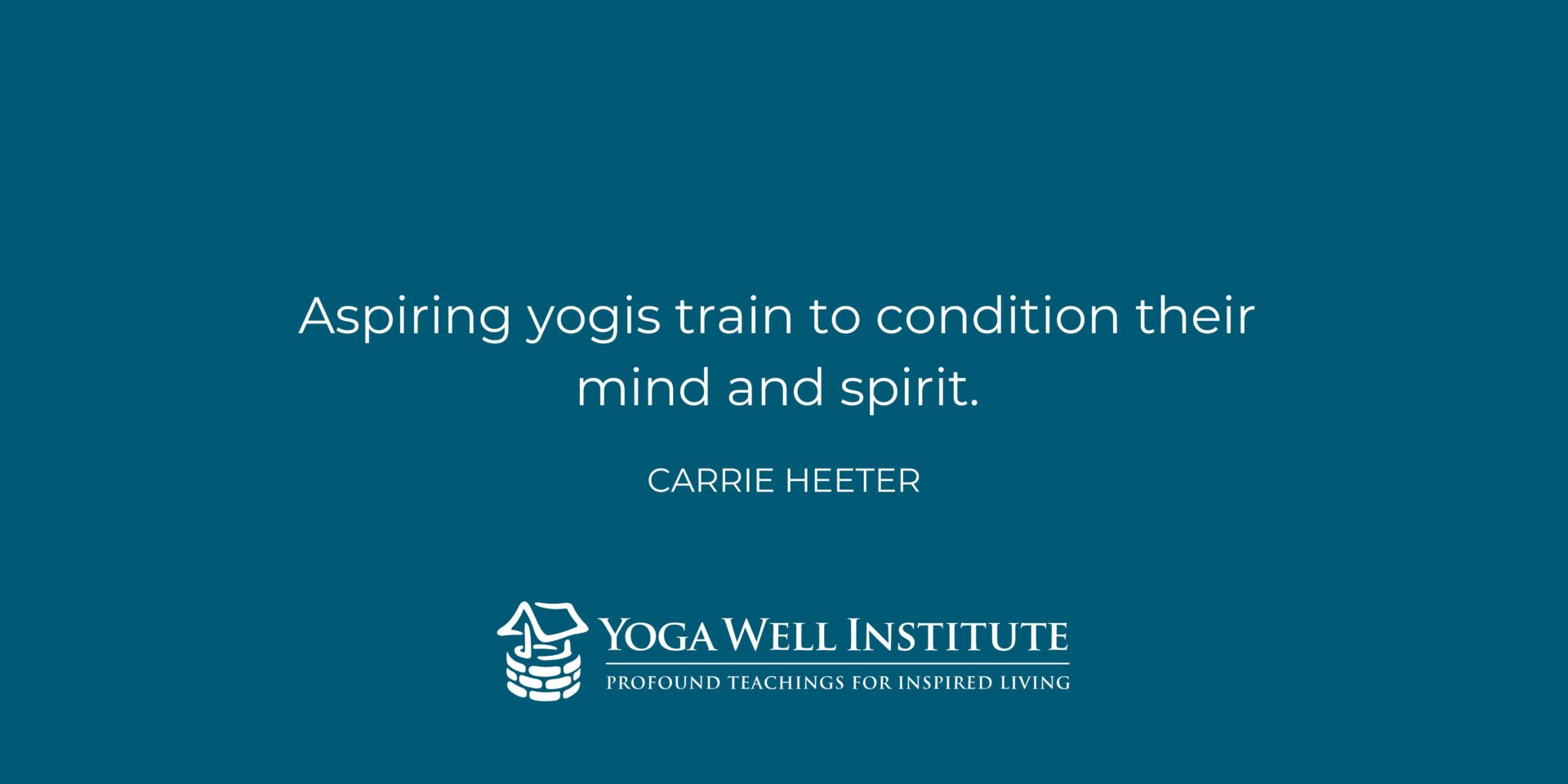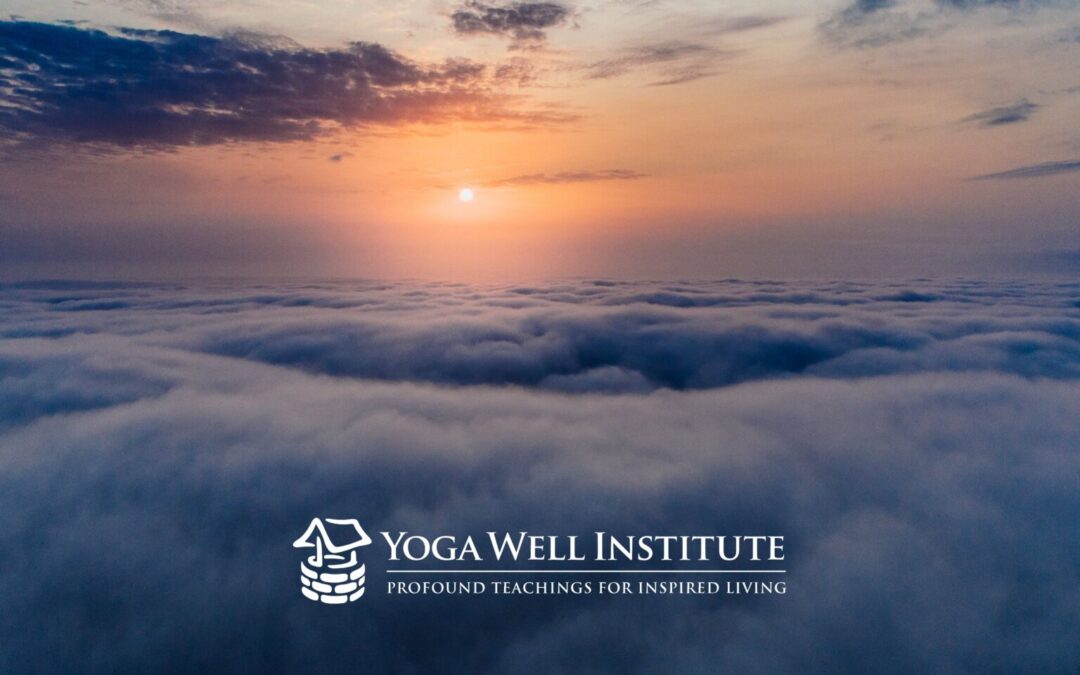Guest blog by Carrie Heeter, PhD, Professor Emeritus, Michigan State University |
Conscious and unconscious breathing are controlled by separate brain pathways.
Breathing that happens without any conscious effort is called metabolic breathing. Metabolic breathing does all of the heavy lifting of keeping you alive.
When you consciously try to control your breath different pathways in your brain temporarily take over some breathing functions. Metabolic breathing continues to operate, ready to wrest back full control if you make poor decisions or simply forget to keep breathing.
Yogic breathing techniques are forms of conscious breathing—each with unique methods and purposes—developed and refined over thousands of years.
Why control your breath?
Conscious breathing techniques can be done to influence the state of your system.
For example, taking some slow deep breaths can reset your nervous system—it can increase alertness, re-invigorate, and reduce stress. That’s a general principle—as long as you don’t breathe too slowly or breathe too deep or do it for too long. Avoid conscious slow deep breathing if you’re groggy or depressed.
When you practice conscious breathing activities, always consider your energetic and breath capacity, the state of your system, and your circumstances.
Pausing or holding your breath gives you moments of stillness.
Holding your breath happens automatically (without your awareness or intention). Your body tends to hold your breath when you are concentrating, when you are waiting for something to happen, and when you are stressed. And—of course—you can intentionally hold your breath. Your body will inform you with increasing urgency when it’s time to breathe again.
When your breath stops, the perpetual cycle of exhaling and inhaling pauses. It’s like stopping in the middle of whatever you were doing. There is stillness and quiet—a moment of heightened alertness—a moment of just being. If you try the demonstration below, just pause briefly. And don’t try this if you have a headache. It’s best to stay under 75% of your comfortable maximum breath. Trying to hold your breath for as long as possible will backfire, resulting in agitation rather than alertness.
Close your eyes and notice how you feel. Then, if it is comfortable, hold your breath for a few seconds at the end of your breath. Notice how you feel during the pause. Notice the stillness. Repeat this a few times, noticing.
Yogic controlled breathing techniques impact your body and mind.
Yoga uses many conscious breathing techniques—including variations of breath retention—to change the state of the human system in specific ways. For example, some breath patterns support cleansing and clearing the mind. Some patterns support nourishment and expansiveness. Others promote digesting experiences or emotions.
Breath techniques are incorporated into a yoga class to support the goals of that practice. You can experience the effects of different yogic breathing techniques in action by enrolling in any of these ongoing Yoga Well Institute weekly classes:
- 15-Minute Breathing and Meditation
- Yoga for Meditation and the companion theory-discussion class: The Application of Meditation
- Gentle Yoga
- The Application of Asana

Ongoing practice of advanced yogic breathing supports transformation.
Advanced yogic breath techniques include practices such as alternate nostril breathing with particular ratios of inhale, exhale and holds between breaths. A breath practice appropriate to the individual is done daily over a period of months (or more). Aspiring athletes train to condition their bodies for peak performance. Aspiring yogis train to condition their mind and spirit.
Yoga as a path toward insight and personal transformation involves working with a mentor and doing a personal daily practice over a long period of time. Your practice is unique to you and changes as your needs and capacity change.
Your practice is likely to include one or more yogic breath techniques. As you continue to practice, your breath capacity will develop. Breath is a tool—increased breath capacity is a side effect. Personal growth and transformation are the goals.
If that kind of journey intrigues you Yoga Well’s Deepen Your Yoga Program and Yoga Therapist trainings are great places to start.
Still looking for more?
If you are interested in experiencing Viniyoga and exploring new depths within your practice, join the Yoga Well Archives – On Demand. The Yoga Well Archives — On Deman offer students of the Viniyoga Tradition, both new and old, an opportunity to explore a wide array of past Yoga Well Institute offerings. Topics demonstrating the enormous breadth and depth of Viniyoga include Meditation, Prāṇāyāma, Yoga Therapy, Āyurveda and much, much more. The Yoga Well Archives – On Demand are meant for all practitioners on the path of deeper study.

Carrie Heeter, PhD, RYS200
Carrie Heeter, PhD, RYS200, is a meditation designer, research scientist, and author of the book An Inside Look at Meditation: Experiences for healing, support, and transformation. She has studied yoga one-on-one with her mentor Marcel Allbritton and participated in Yoga Well courses and trainings for more than a decade. She is a retired professor of interactive media and serious games at Michigan State University



